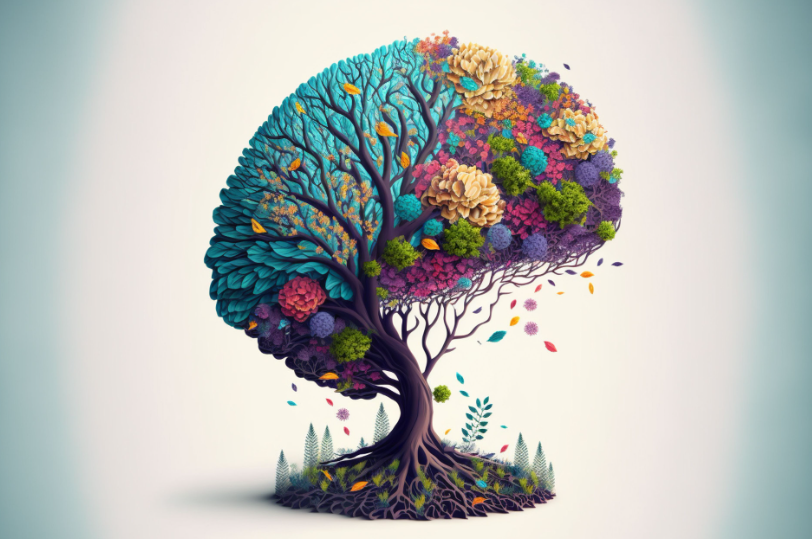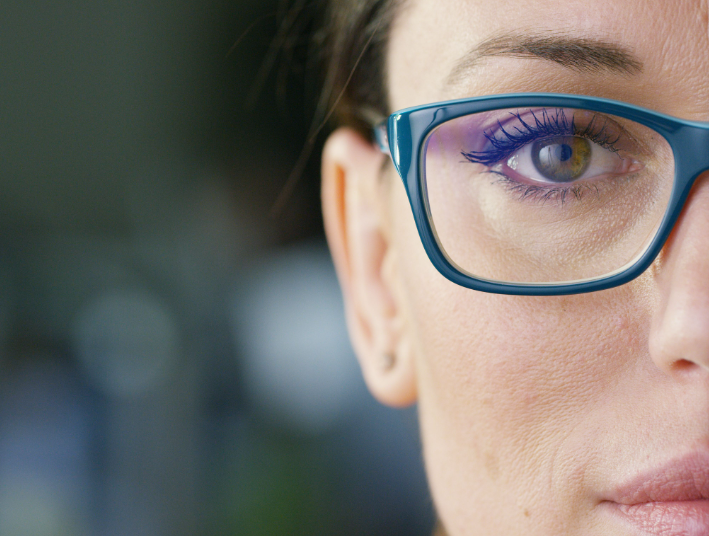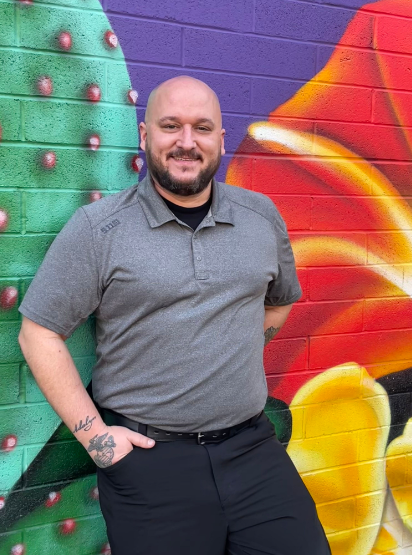Dr. Erik Reis, DC, DACNB, CBIS
Picture this: You wake up to your alarm buzzing at 6:30 AM, having to hit snooze three or four times before you actually get up due to the amount of fatigue and disorientation you feel. It’s going to be another very, very long day.
By the time you muster enough courage to get out of bed, it’s time to prepare yourself for what’s to come: the first of many moments throughout the day where you perform a simple daily activity that completely alters your world. You weren’t always like this, but after your accident, your life has changed and evolved into an endless array of trials and tribulations that never seem to improve, no matter what you do. The more you rest, the more the fatigue sets in. The more you move, the worse you feel. It never stops.
While going from seated to standing may not seem very eventful for most people, it can be one of the most difficult maneuvers performed for those who struggle with vertigo, dizziness, and any other type of disorder that involves the inner ear system.
It’s easy to forget how powerful our brain and nervous system is. Case in point: when was the last time you intentionally thought about digesting your food? What about balancing your blood sugar? Do you ever worry about how much blood flow is going to your organs? Or stay up at night wondering about the concentration of oxygen in your blood?
If you answered YES to any of these questions, please come find me. We have a lot to talk about . . .
Our brains control our body, at all times throughout the day, for our entire existence. There are a lot of different processes and mechanisms that go on behind the scenes that are required for us to do mundane tasks and movements. We rarely think about them and, more importantly, take them for granted until we lose them or suffer some sort of injury that alters our functionality.
Dizziness, vertigo, and disorientation are no different.
These are common signs and symptoms that patients complain of following an injury, specifically concussions, brain injuries, auto accidents, and various forms of trauma to the body and/or head. While these are relatively well known symptoms, very few individuals suffering from them actually get the proper diagnosis and care needed to find quality, long-lasting solutions to their problems. These symptoms don’t have the luxury of specific cookie-cutter treatments and protocols, which is why so many struggle with these debilitating conditions far too long. But it doesn’t have to be this way.
All of the symptoms are a part of a bigger picture, which involves a complex and in-depth understanding of the brain, the body, and more importantly, a humble view on realizing how important it is to be able to assess an individual structurally, neurologically, and metabolically. All of these factors may be potentially involved in the creation of symptoms, which is why finding a provider who is educated and trained in these categories is important for finding solutions to your problems. Let me make this very clear: There is not one specific profession or type of practitioner who holds the key to finding these answers. It truly takes a team of individuals who are willing to critically think through your care and help educate you to be able to ask the questions that will eventually get the answers you are looking for.
Keeping this in mind, we must all work together for the better of our patients to promote the highest quality of life . . . because I hope, at the end of the day, someone has this same philosophy for my personal healthcare if I ever need to be put back together
Stay educated!”
Dr. Erik Reis is a Chiropractic Physician and board-certified Chiropractic Neurologist at The Neural Connection in Bloomington, Minnesota. He holds a diplomate in neurology from the American Chiropractic Neurology Board and is a certified brain injury specialist (CBIS) with the Brain Injury Association of America. https://facebook.com/DrErikReis











